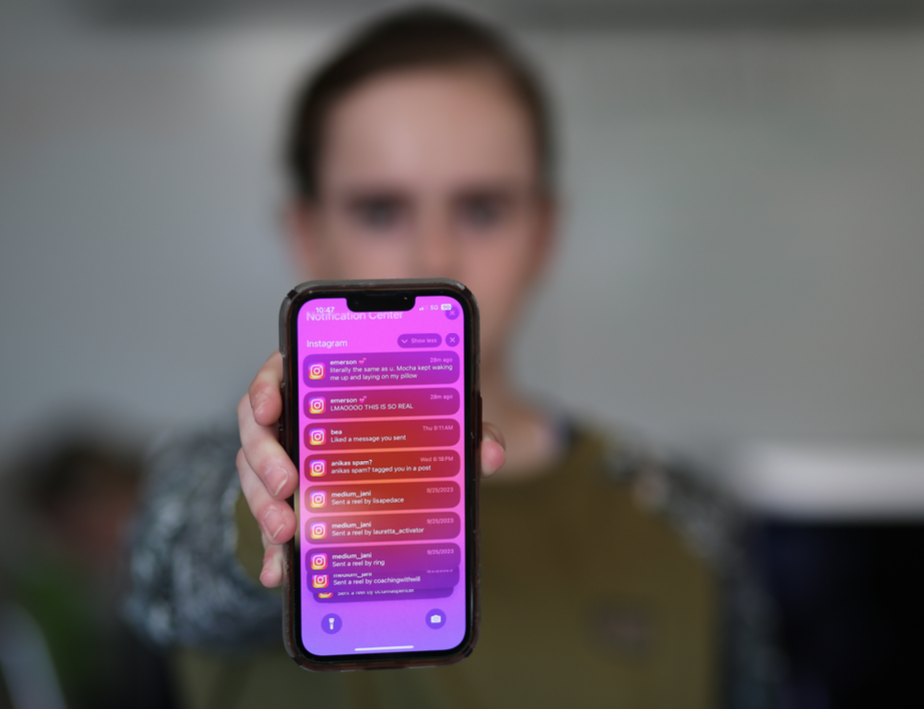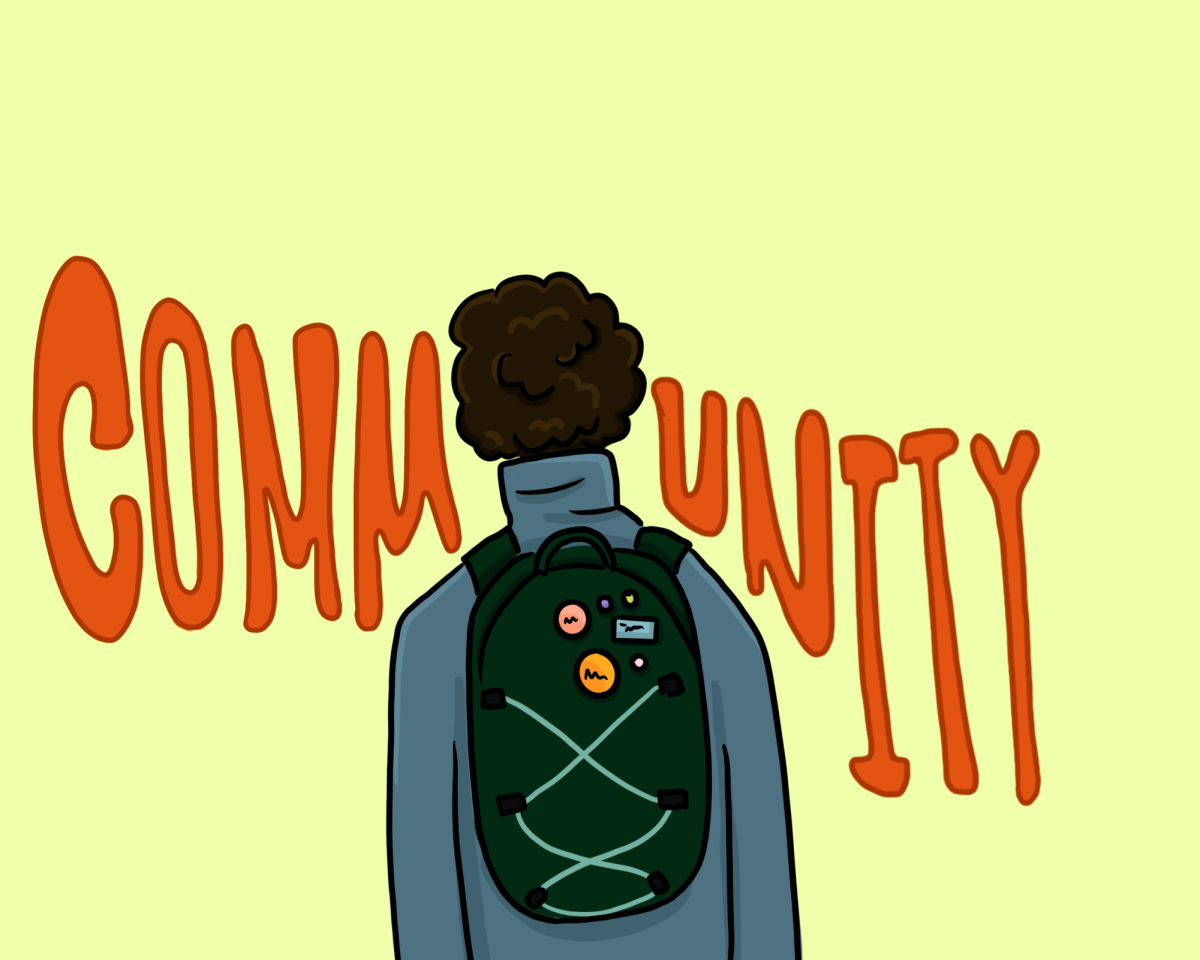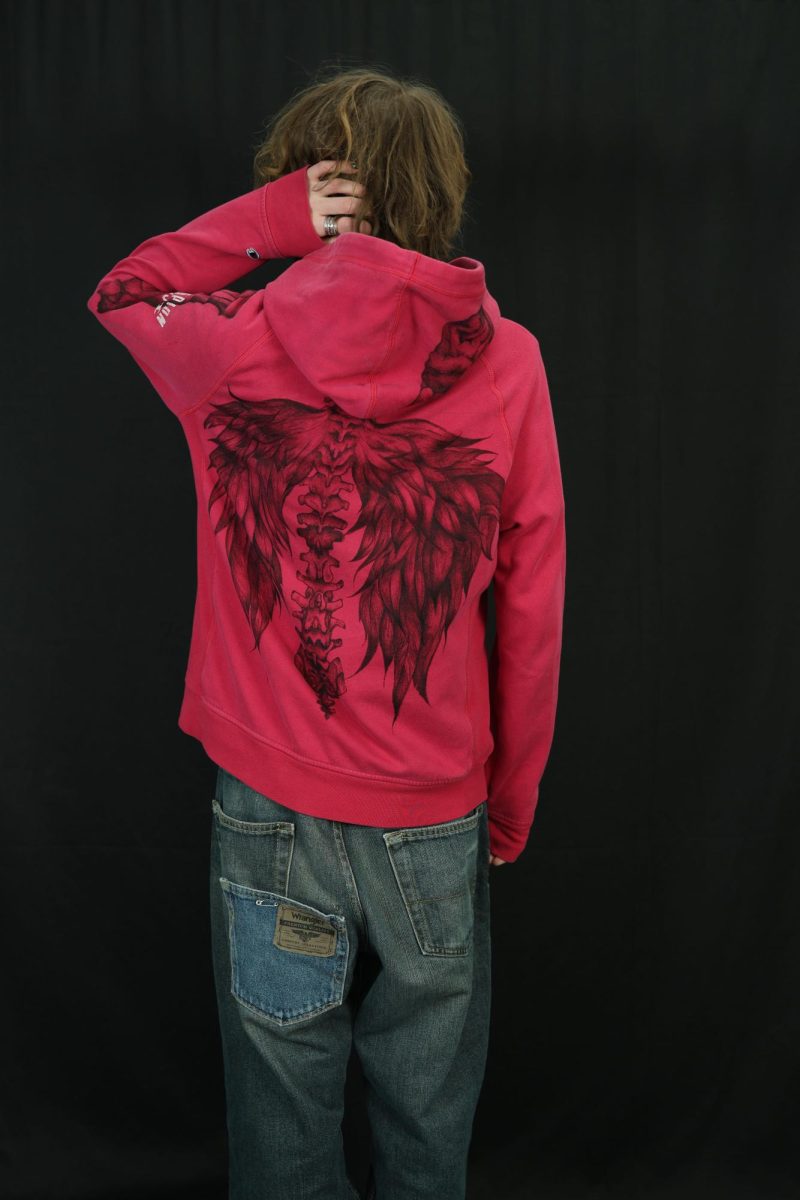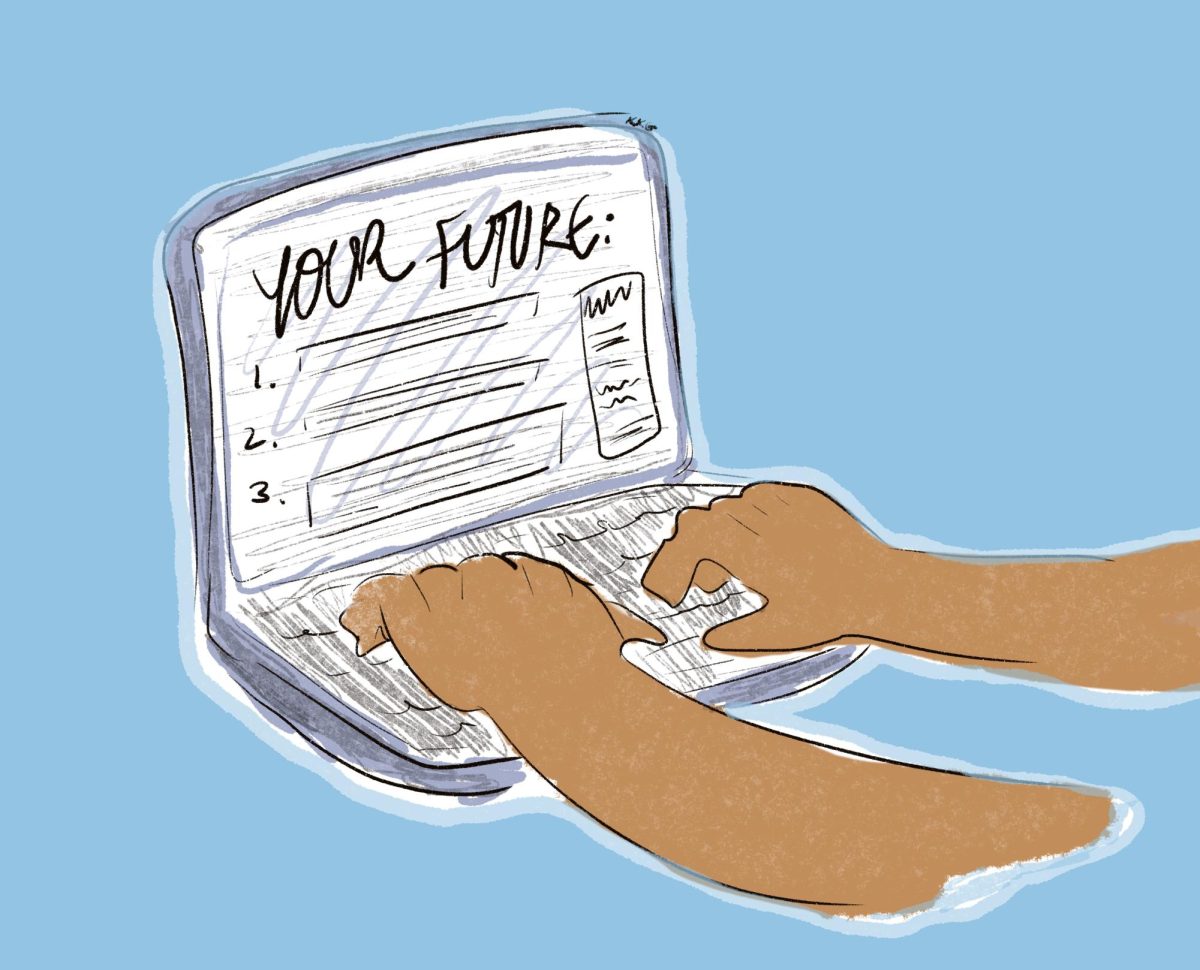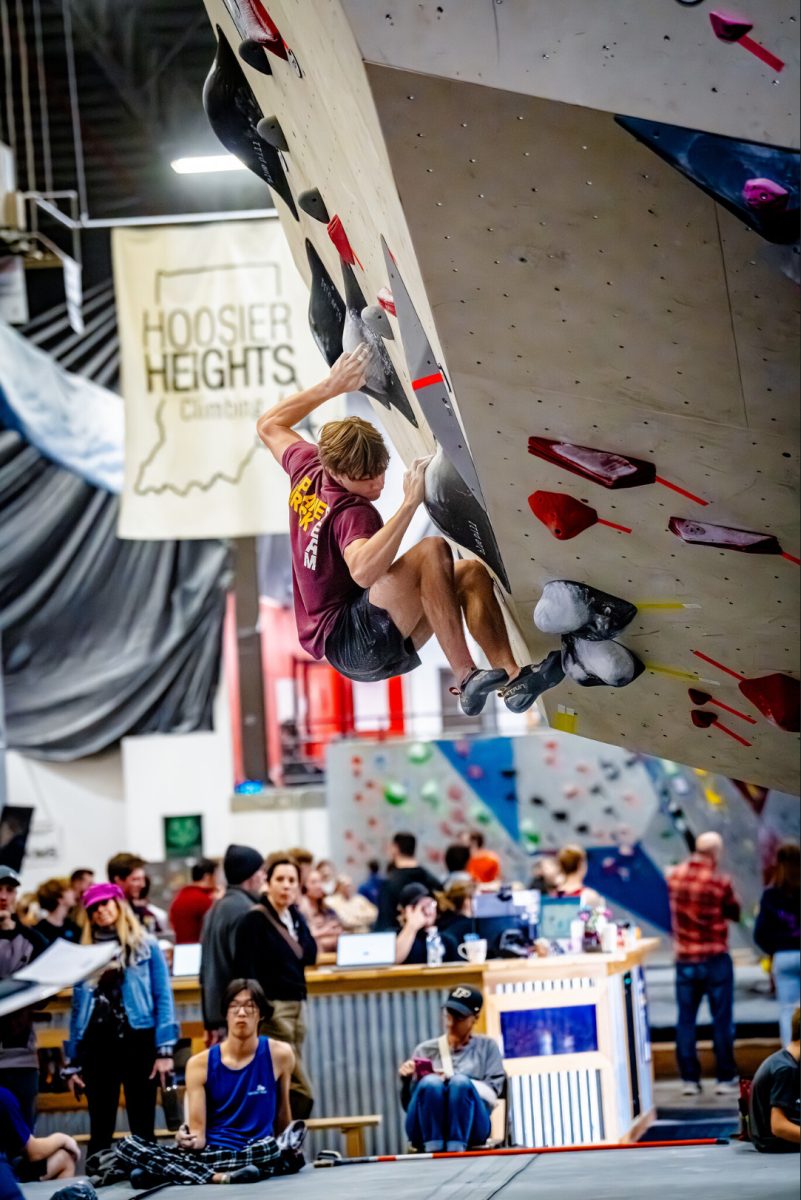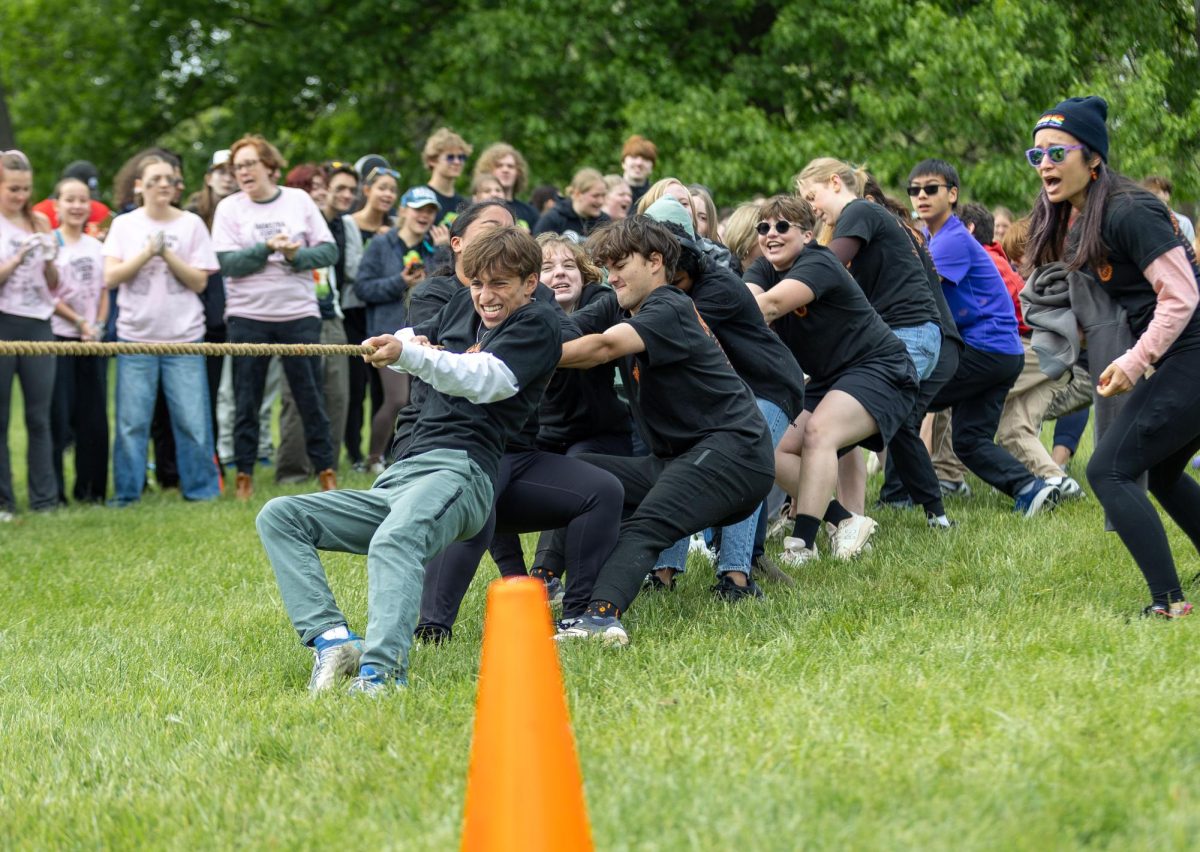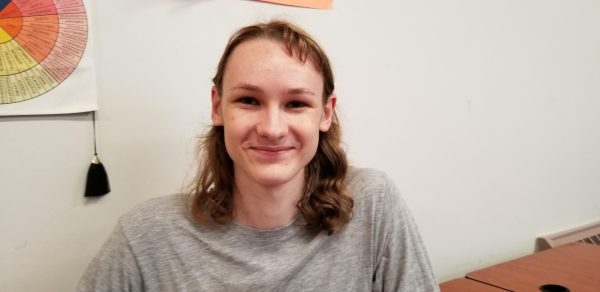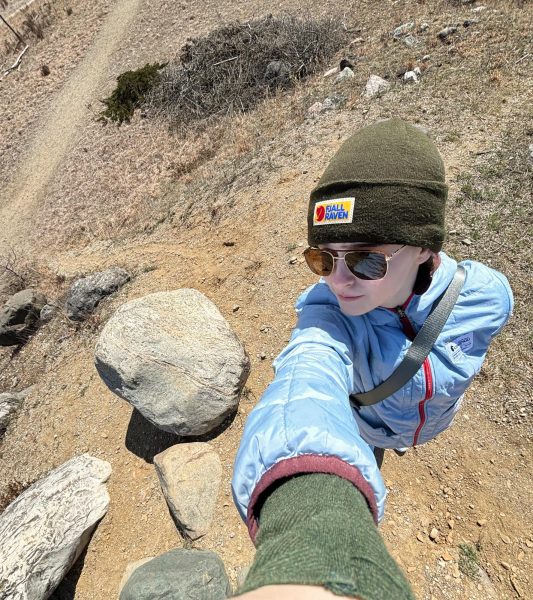Social media can give people a chance to communi- cate in all kinds of ways, but what happens beyond the screen?
Emma Goblirsch’s TikTok feed is full of videos about dance and horses. But sometimes, there are random posts that have nothing to do with her interests.
“Everything’s so fast on social media,” Goblirsch said. Goblirsch is a student who spends time on TikTok, Ins- tagram and Youtube.
Goblirsch thinks staying safe on the internet is a must.
“I would say to not post any personal information on social media,” Goblirsch said. “I would be careful with what platforms you trust, and I’d be careful with what people you trust.”
While trust is a big thing, being able to control who and what you see on social media — if you choose to use it at all — can be a very important issue too. Freshman Walker Ledbetter has never used social media and plans to stay away from it for as long as he can.
“I did not have a phone until I got into high school so I’ve had a phone for maybe three or four weeks at max- imum,” Ledbetter said. “Secondly, my parents don’t al- low me social media at all, and then thirdly, personally,
I feel that either calling somebody or texting somebody is enough.”
Ledbetter thinks that social media should be mostly used as communication like it was before. In today’s world, some parts have shifted to picture-posting and false information central.
Fake news is often spread in order to get people to learn things quickly so that they don’t have to wait for a newspaper or other publication with a slower turn- around. We’re now at a point though where social me- dia spreads so fast that the popularization of potentially untrue ideas can’t really be stopped. For example, there could be false information circulating that could be any- thing from a simple rumor to a conspiracy theory that can influence an entire nation’s politics.
As soon as that message is sent or that post is publi- cized, boom: a whole lot of people now believe some- thing — whether it’s a fact or not. Those who don’t do their research tend to only believe what they see, which can be extremely detrimental and even very dangerous.
Ledbetter began to sense these dangers when his sister was confronting some difficulties with social media use. Ledbetter’s sister began to use social media for only
about an hour a day initially before doing something else. Over time, that hour began to increase gradually each week. As this progressed, Ledbetter noticed that she hadn’t been talking to him as much or communicating with others face-to-face in general like she used to. He felt a sense of disconnect and surmised that she had be- come somewhat addicted to her screen.
Ledbetter hopes to not get pulled into the “fake” world of social media, because as he now personally knows, so- cial media can change people significantly.
For others though, social media can be beneficial in plenty of ways and can even help students to maintain friendships.
For sophomore and German exchange student Emily Walker, social media is an excellent means of communi- cation for her and her friends who are 4,188 miles apart. Checking their stories and sharing posts with each other helps the group to stay connected.
“But I think social media also has a really negative side,” Walker said. “Influencers sometimes post very ed- ited photos… I am not a big fan of it because it’s just not realistic.”
Unfortunately, Walker had to watch as misinforma- tive content affected her friends’ lives and permanently changed them.
Though Instagram has been a great resource for ex- ploring her many hobbies, such as photography, the neg- ative effects are still prominent and watching the people around her struggle with body image has been extremely difficult.
Walker and many others know that the effects of so- cial media are real. This is why she thinks keeping harm- ful things at arm’s length is so important.
Despite these challenges, Walker’s personal connec- tions remain strong thanks to social media, and she tries to stay away from the damaging aspects. She supports and empathizes with those facing body image issues and encourages them to seek help.
Walker’s experience with social media in Germany has a few interesting contrasts to her new American lifestyle. In her German social circle, having a relatively low fol- lowing count with minimal posting was typical. Howev- er, she has more recently found that Americans are more active on social media, with higher followings and fre- quent postings. Overall, Walker has found the most sig- nificant cultural difference to be the following counts.
“I have friends who were like, ‘Emily, how do you have 300 followers?’” Walker said. “If someone has 1000 fol- lowers, then good for them. I do not really care how many people follow me.”
She understands how popularity could be very easily tied to this number, but it is not a concern of hers.
Since the creation of social media, it has been a re- source to communicate and interact with others. Stu- dents’ stories uphold the fact that Instagram and a variety
of other platforms can keep connections in a multitude of ways. While it is a tool with many strengths, virtual connection also has a dark side and it is important to support those around us when feasible and remember to use responsibly as social media has the ability to change someone forever.
Like Walker, Autumn Klus-Salisbury has also been able to maintain connections using social media. Klus-Salis- bury first got social media when she was 11 years old. Klus-Salisbury has found social media to be an accessi- ble tool to bridging distant relationships.
“I think social media helped me get back in touch with people during and after we were done with online school,” Klus-Salisbury said.
She feels that social media was damaging to her during the pandemic because it replaced in-person connections. Shannon Kawata is yet another student who doesn’t have social media but worries it could hurt her. Kawa- ta doesn’t want social media to make her feel insecure,
which is something she knows many teenagers face.
“I don’t find social media necessary for me, so I don’t
really use it,” Kawata said.
She sees the positive and negative ways that social me-
dia can influence people, and she is not interested. One thing Kawata thinks social media would be good for is connecting with friends.
“I feel like there are ups and downs, but I feel like overall, I can live without social media,” Kawata said.
Another student who is recently learning to live with- out social media is Jean Gold. Gold has spent her time on social media comparing herself to others for the last three years.
During freshman year, Gold often found herself pri- oritizing how other people felt about her over her own happiness.
This frequent comparison quickly started to become a problem to the point where the people around Gold were noticed the change, even her parents. Thanks to the concern of friends and loved ones, Gold was able to recognize the issue and address it.
Since her personal elimination of social media, Gold has been able to heal her relationship with herself in addition to forming and deepening connections beyond social media.
“In retrospect, I let myself be who I am,” Gold said. “I feel better about myself. I am better now.”
However, this sacrifice did not come without its chal- lenges. Naturally, Gold sometimes feels the need to go back to old habits and use social media in a harmful way. But, her friends have been able to help her through these new adjustments, always asking permission to post photos, and generally respecting Gold’s boundaries.
In such a social media-saturated environment, it can take time to navigate our connections, but Gold’s expe- riences prove that balance is possible.






